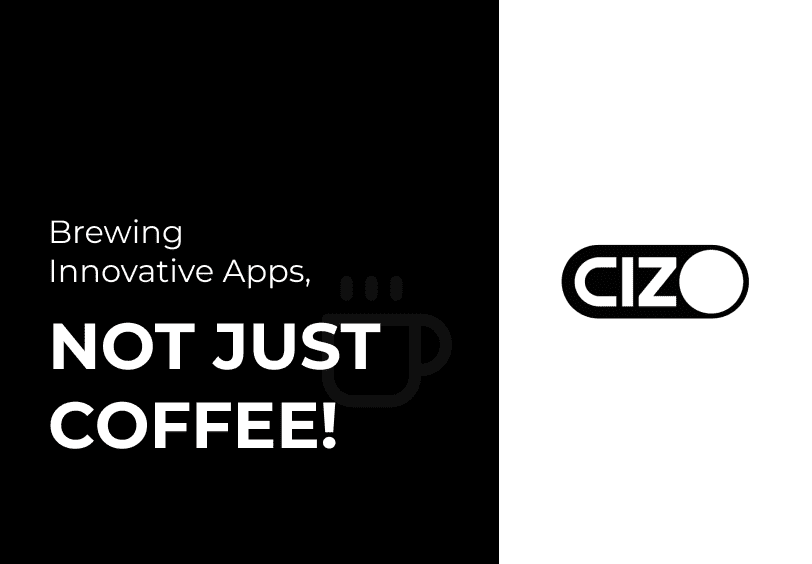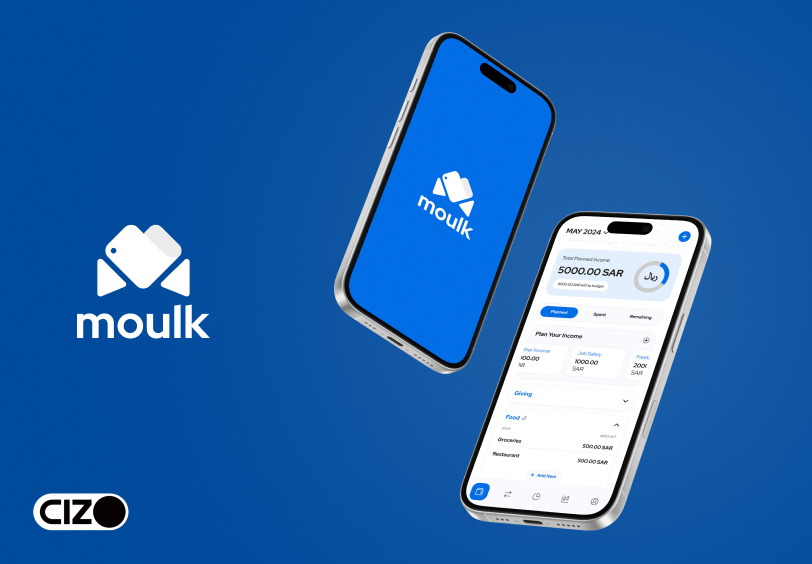 27th June 2024
27th June 2024
Flutter 3.13: 2D Scrolling and Enhanced Rendering Speed with Impeller
Google announced the release of Flutter 3.13, the latest iteration of its open-source framework for multi-platform UI development. This version brings significant advancements in graphics performance and 2D scrolling capabilities.
Among the key highlights are the new Impeller graphics renderer, which significantly enhances rendering performance on iOS, and the introduction of foundational classes for 2D scrolling widgets.
Additionally, this update includes improvements tailored for foldable devices, enhancements in the Material Framework, and updates in Dart 3.1.
We only collect information for business use as detailed in our Privacy Policy
Enhanced Rendering with Impeller
One of the most notable features of Flutter 3.13 is the Impeller graphics renderer. Impeller has been turned on by default for iOS and is now available in preview for macOS. This new renderer is designed to offer lower latency and higher average throughput, resulting in a smoother and more responsive user experience.
Impeller on iOS
With Impeller enabled by default on iOS, developers can expect faster rendering times and reduced lag. The renderer optimizes the graphics pipeline, ensuring that animations and transitions are smooth and fluid. This improvement is particularly noticeable in applications with complex UI elements and intensive graphics processing.
Preview for macOS
Impeller is also available in preview for macOS, allowing developers to test and provide feedback before its official release. This preview phase is crucial for refining the renderer and ensuring it meets the performance and stability standards expected by the developer community.
Future Plans for Android
While Impeller is not yet available for Android, it is expected to be introduced later this year. The introduction of Impeller on Android will complete the trifecta, providing a unified graphics rendering experience across all major platforms supported by Flutter.
2D Scrolling Capabilities
Flutter 3.13 introduces a foundation for building widgets that can scroll in two dimensions. This capability is essential for creating more dynamic and interactive UI elements, particularly in applications that require extensive navigation and data visualization.
Key Classes and Interactions
The update includes new classes such as ChildVicinity and TwoDimensionalChildDelegate. These classes represent the relative position of children in two dimensions, enabling developers to create intricate and responsive layouts. Additionally, new interactions, including diagonal scrolling, allow for more intuitive navigation within applications.
New Slivers
The introduction of new slivers further enhances the scrolling capabilities of Flutter. Slivers are the building blocks for scrollable areas, and the new additions allow developers to compose unique scrolling effects. This flexibility is particularly useful for creating custom scrolling behaviors that align with the specific needs of an application.
Support for Foldable Devices
In an effort to improve support for foldable devices, Flutter 3.13 adds an engine API to retrieve properties of a display. This enhancement is critical as foldable devices become more prevalent in the market, requiring applications to adapt to varying screen sizes and orientations.
FlutterView.display Getter
A new getter, FlutterView.display, returns a Display object that reports the physical size, device pixel ratio, and refresh rate of the display. This information allows developers to optimize their applications for foldable devices, ensuring a seamless user experience regardless of the device configuration.
Material Framework Enhancements
The Material Framework has also seen significant enhancements in Flutter 3.13. These improvements focus on platform adaptability, customization, and new capabilities, making it easier for developers to create polished and consistent user interfaces.
Customization of Material Widgets
One of the key improvements is the ability to customize the design of Material widgets more easily. For instance, the error property for InputDecoration can now be used to customize the error widget shown on text fields. This level of customization ensures that developers can tailor the UI to match the specific design requirements of their applications.
Dart 3.1 Updates
Flutter 3.13 includes Dart 3.1, which brings minor updates and API adjustments. These updates build on the class modifiers introduced in Dart 3.0, providing developers with more tools to write efficient and maintainable code.
Cizo Technology: Your Partner in Flutter Development
For businesses looking to leverage the full potential of Flutter, Cizo Technology offers comprehensive Flutter app development services. With a team of experienced developers, Cizo Technology specializes in creating high-performance, multi-platform applications that utilize the latest features of Flutter, including the Impeller graphics renderer and advanced 2D scrolling capabilities. Whether you’re looking to build responsive apps for iOS, macOS, or anticipate future support for Android, Cizo Technology provides end-to-end development solutions tailored to your specific needs.
By partnering with Cizo Technology, you can ensure that your applications are optimized for performance, adaptability, and user experience, making the most of the cutting-edge advancements in Flutter 3.13.
Conclusion
Flutter 3.13 is a significant update that brings numerous enhancements to the framework. The introduction of the Impeller graphics renderer promises faster rendering and lower latency on iOS, with future plans for Android. The new 2D scrolling capabilities provide a foundation for creating more dynamic and interactive UI elements. Support for foldable devices ensures that applications can adapt to varying screen sizes and orientations. Additionally, the Material Framework enhancements and Dart 3.1 updates provide developers with more tools and flexibility.
As Flutter continues to evolve, developers can look forward to even more powerful and versatile features in future releases. For those interested in exploring the new features and enhancements, installation instructions for Flutter can be found on the project website.
A PROJECT WITH CIZO?











 hello@cizotech.com
hello@cizotech.com +91 79907 01039
+91 79907 01039 


